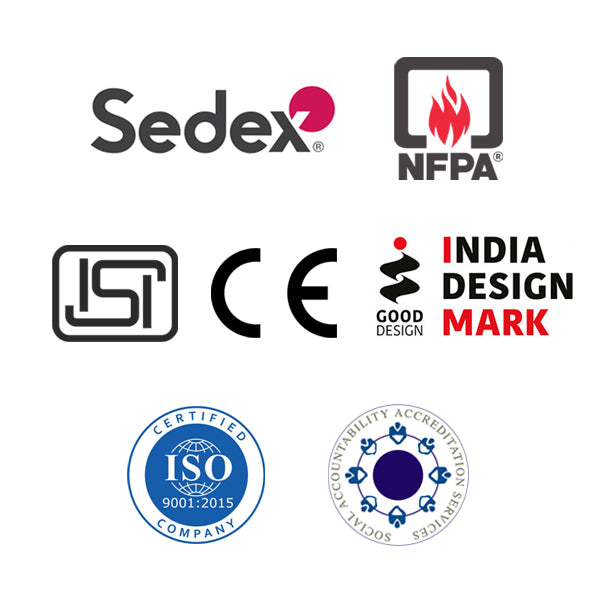DFRB
Share
Cut & Sewn Nitrile gloves
- 300 GSM cotton Interlock cut n stitch heavy coated nitrile glove lined with fiberglass plated para-aramid fabric, blue coloured coating with a smooth finish.
- High performance cut and stitch nitrile gloves
- Level 5 cut-resistant fibreglass blended para-aramid inside
-
Heavy full nitrile coating on shell.
- Cotton fleece shell rexin cuff material.
OIL RESISTANT
ABRASION
CUT RESISTANT
DIRT RESISTANT
EN 388:2016+A1:2018
EN 407:2020
Cut Level 5
Delivery & Services

Easy Return
with our 15 days return poicy
Regular price
Rs. 0
Sale price
Rs. 0
Regular price
Tax included.
Shipping calculated at checkout.
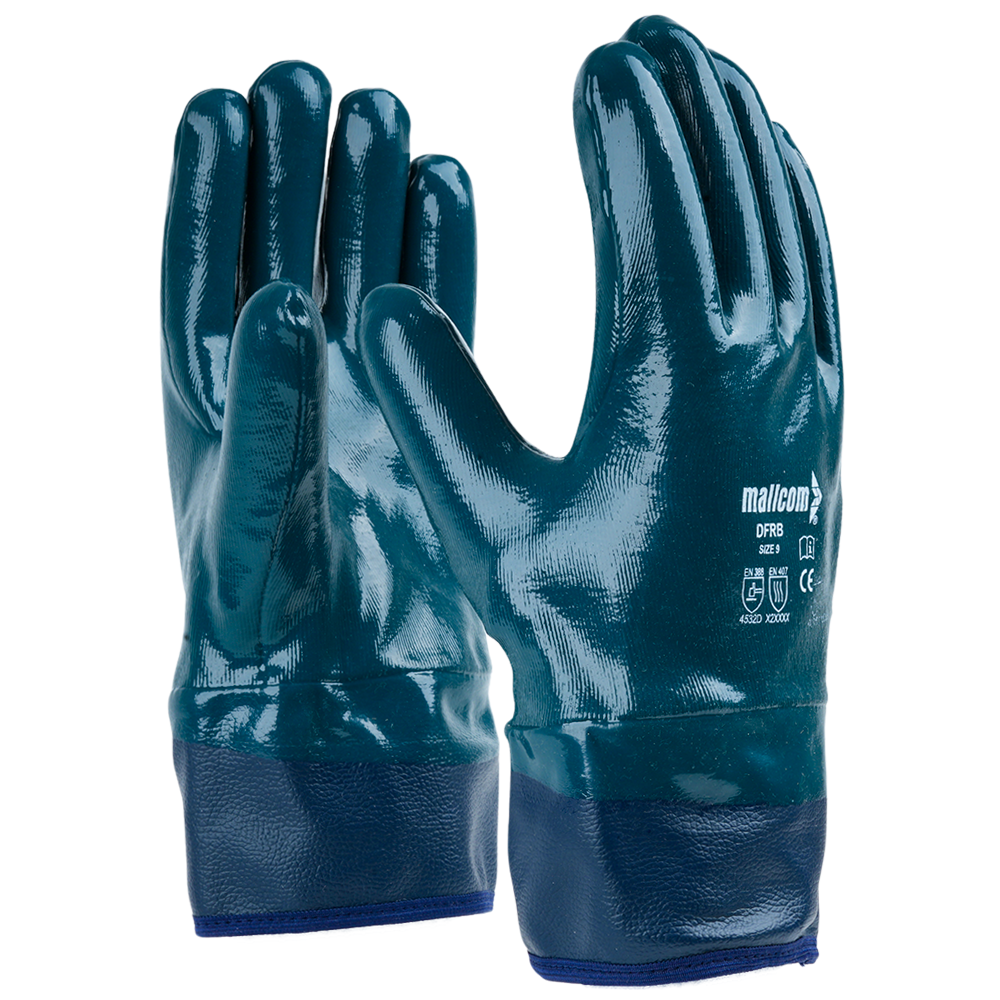
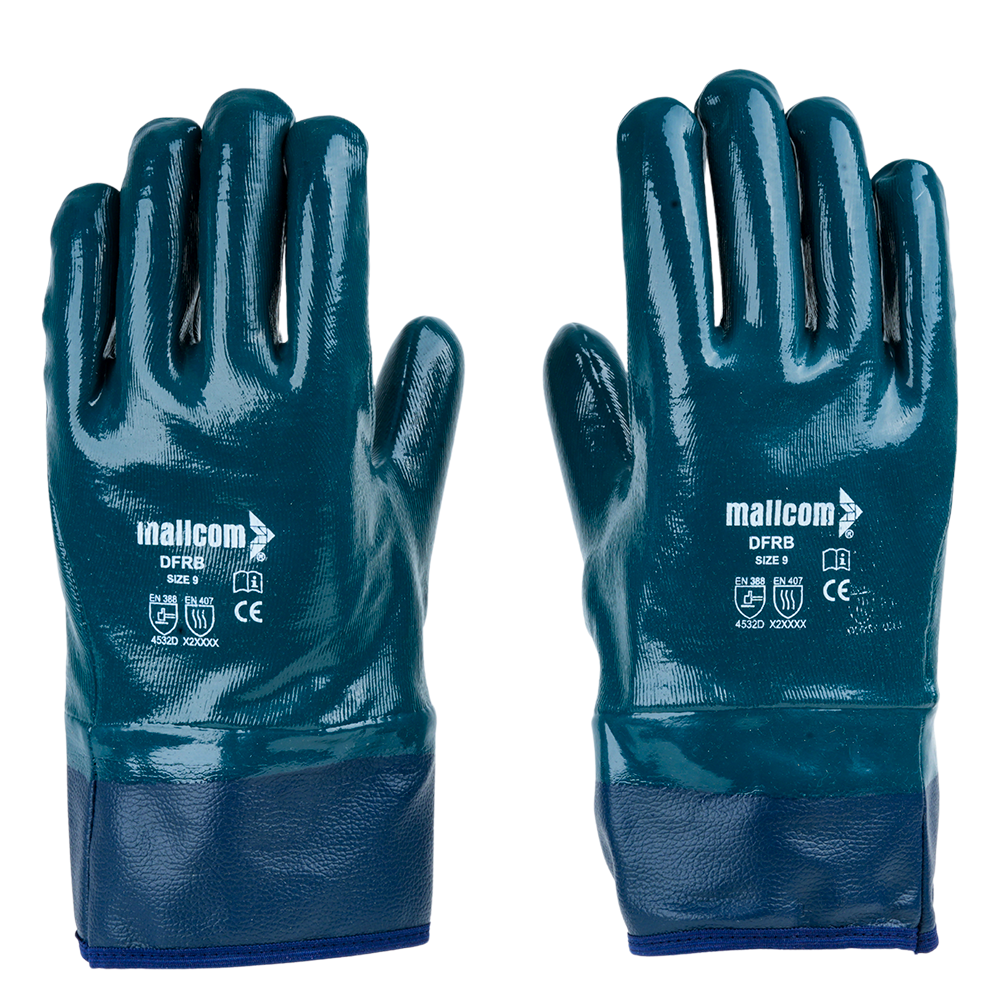
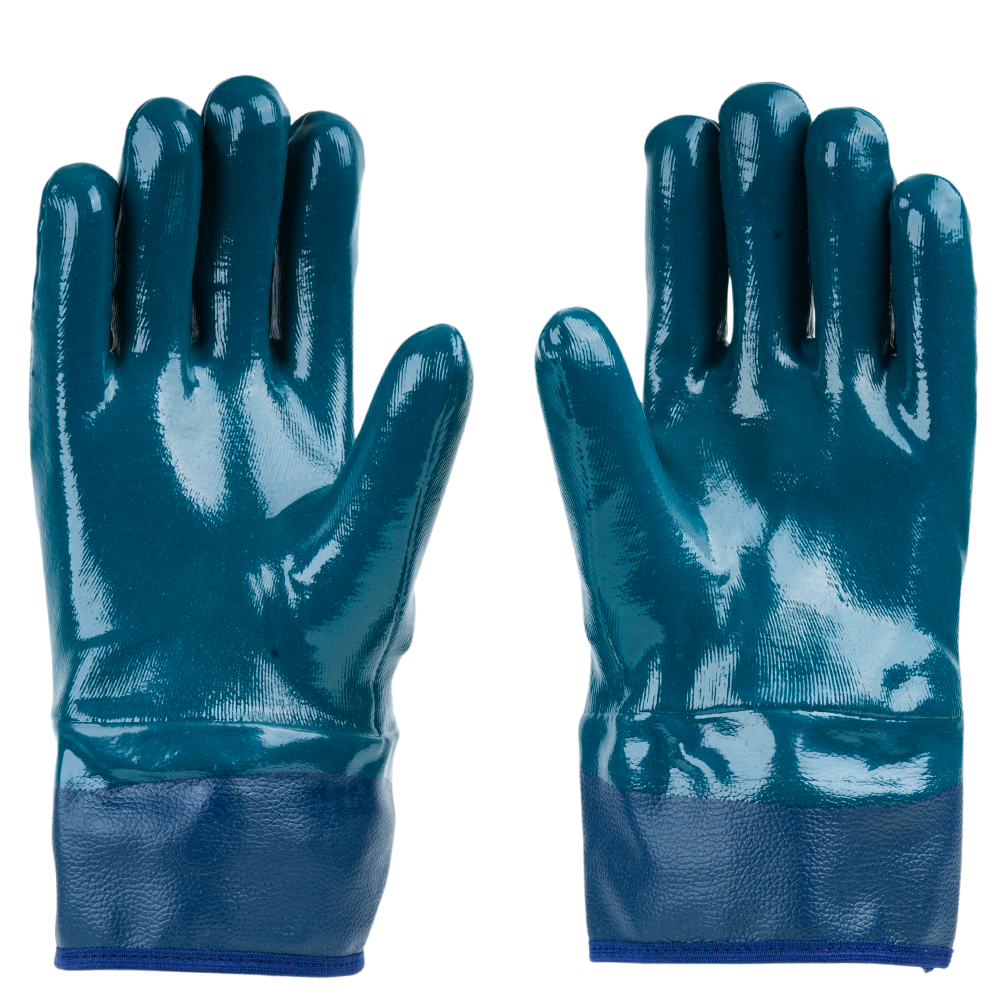
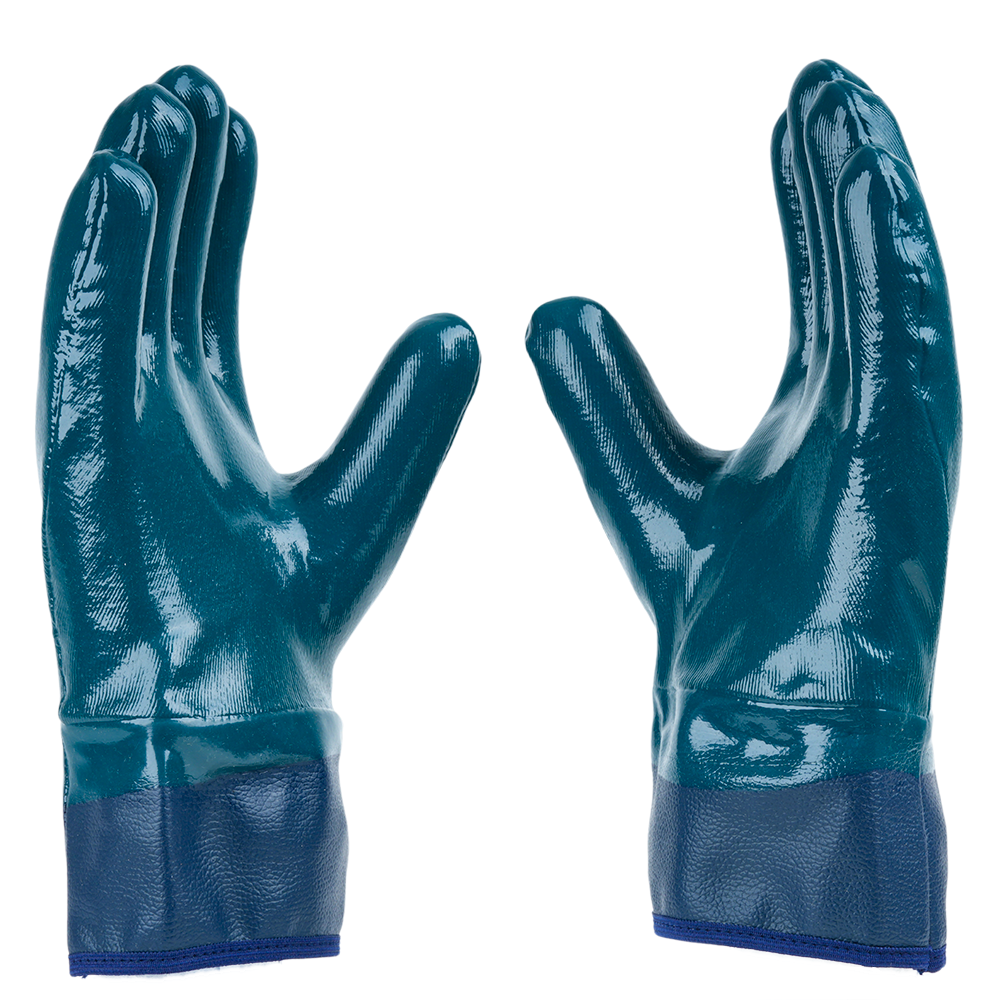
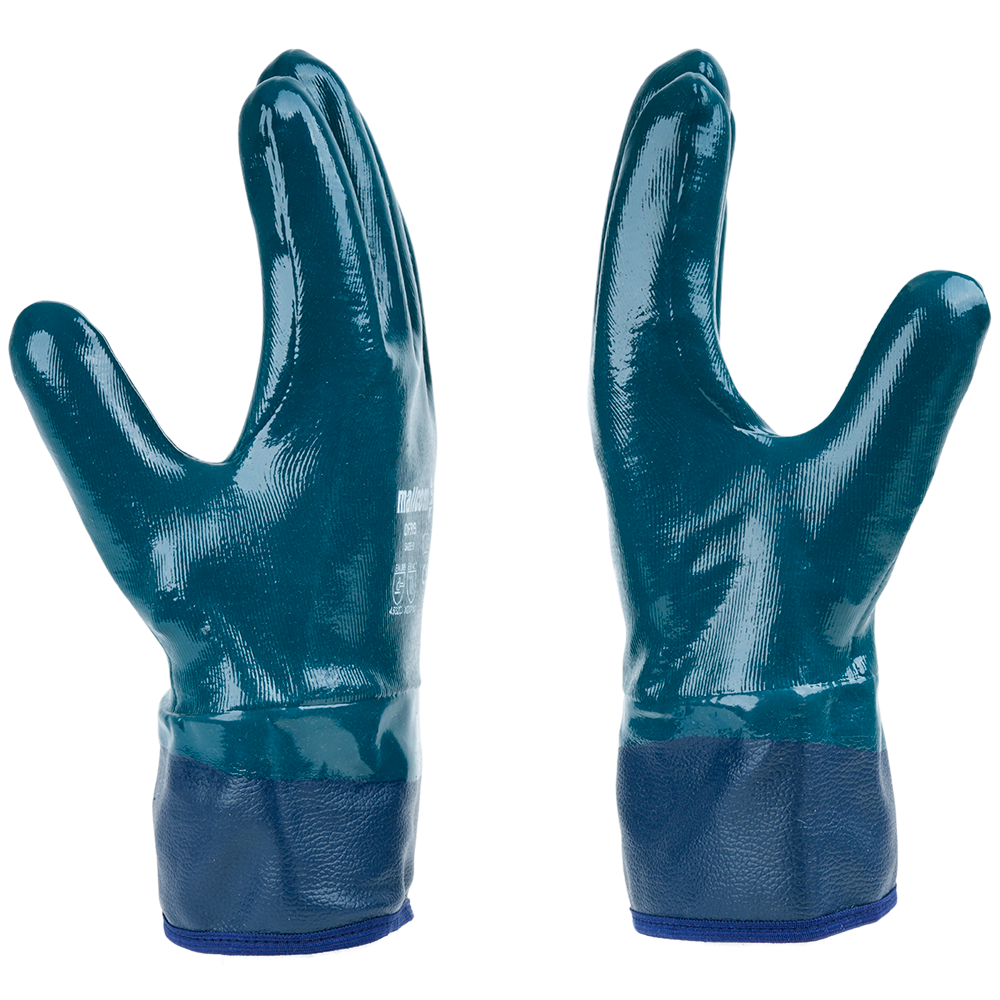

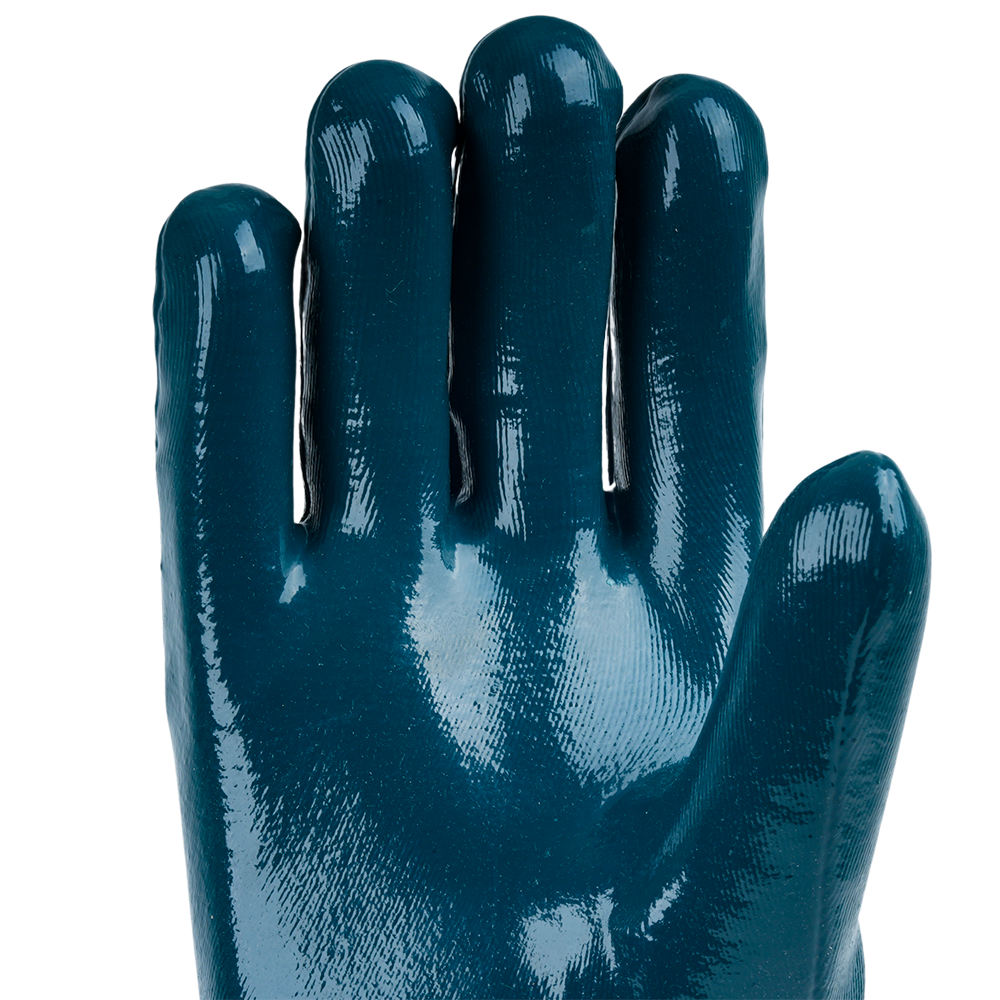
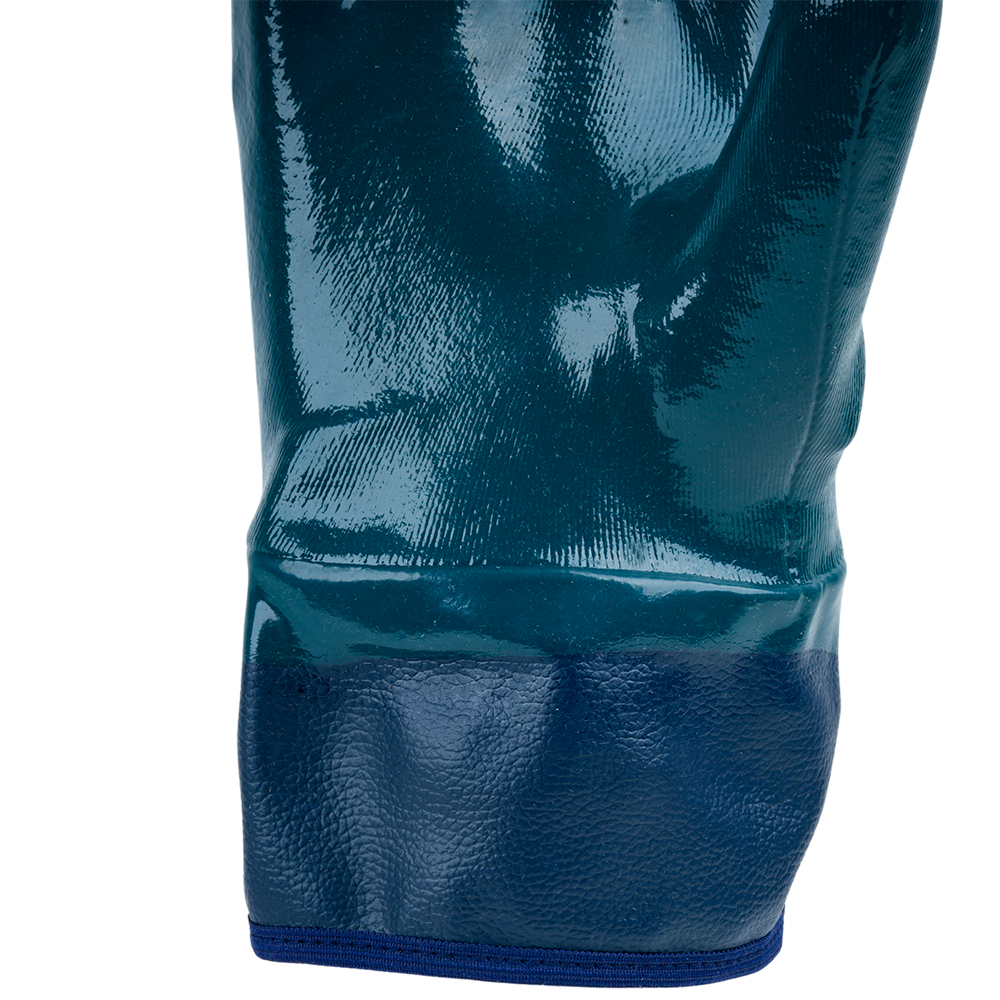
ABOUT THE DESIGN
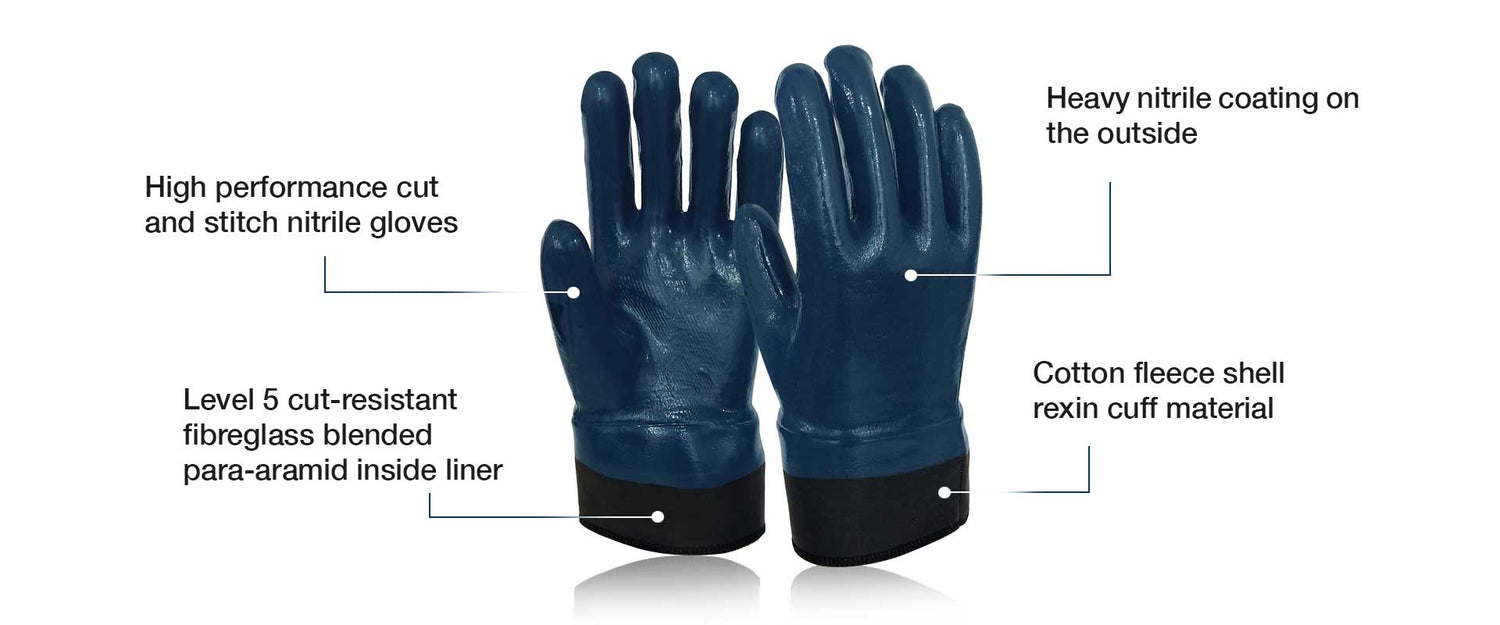
USEFUL IN THESE INDUSTRIES
MATERIAL HANDLING
OIL & GAS
PAINT & CHEMICAL
PETROCHEMICAL

Product Features
ABOUT THE DESIGN
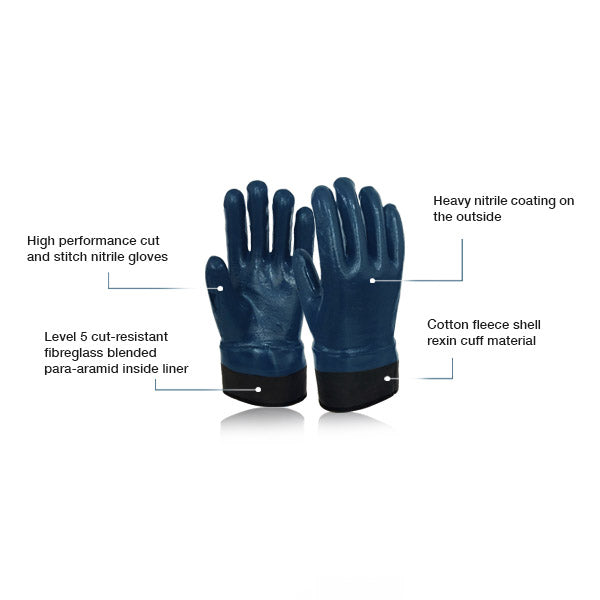
USEFUL IN THESE INDUSTRIES
MATERIAL HANDLING
OIL & GAS
PAINT & CHEMICAL
PETROCHEMICAL
Product Details
